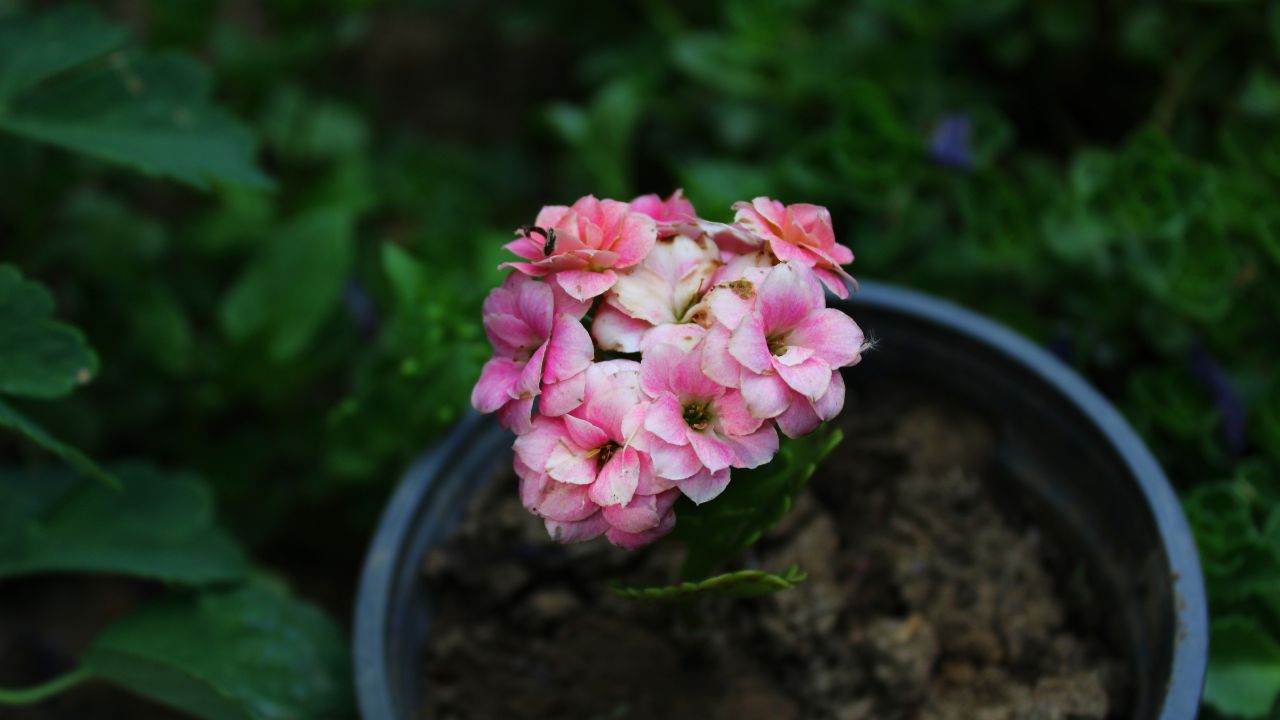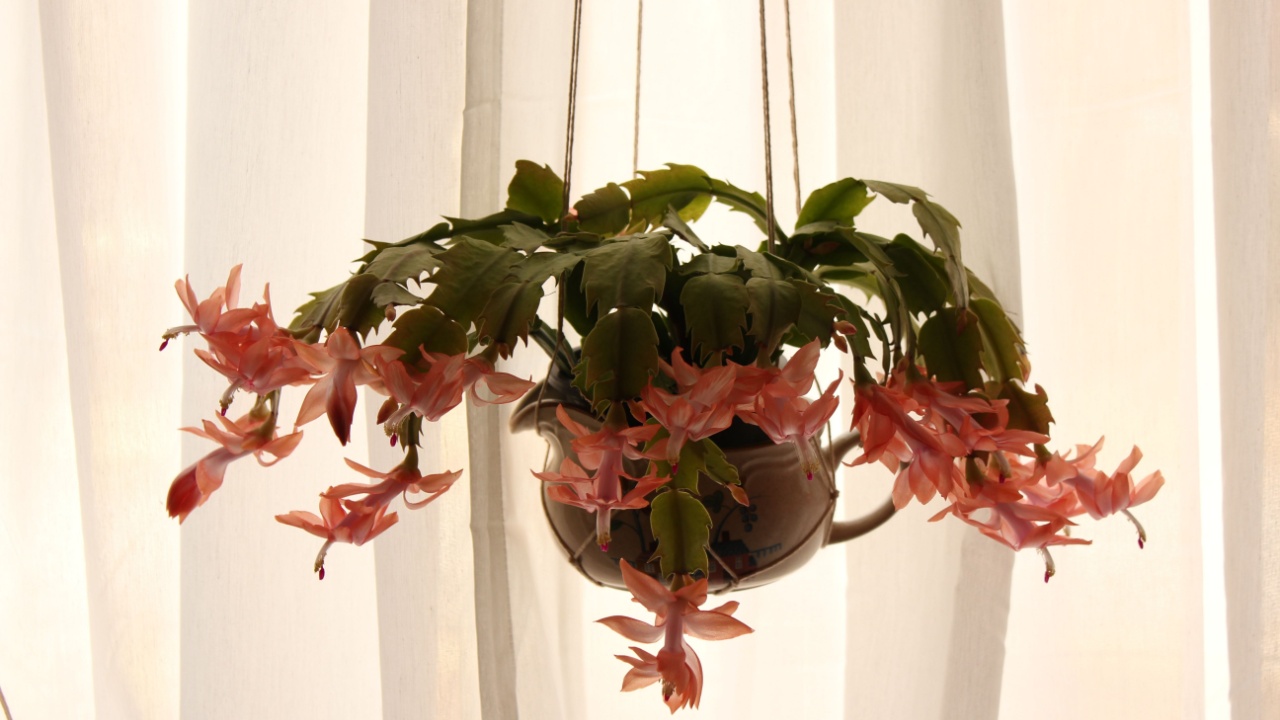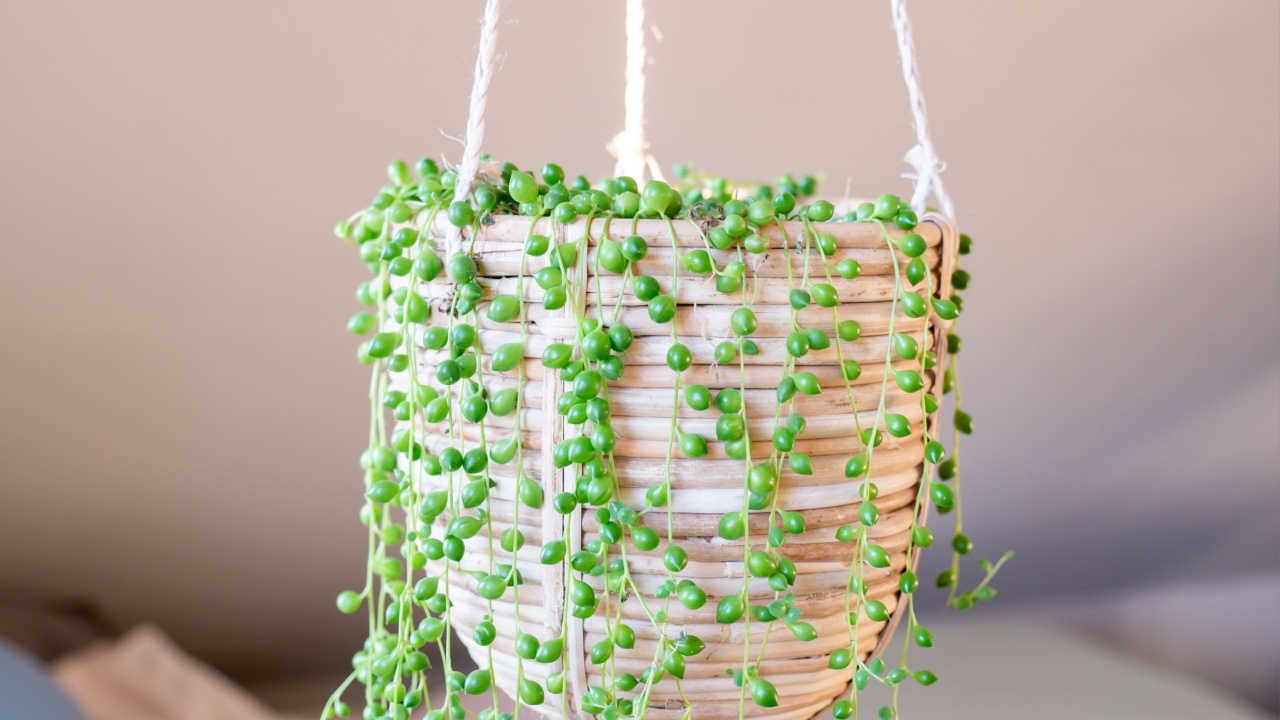Succulents are wonderful low-maintenance houseplants and drought-tolerant garden plants. Plus, they are an eye-catching addition to any home.
Many of them also produce beautiful flowers! These flowering succulent plants add cheerful bursts of color to xeriscapes and brighten up rooms and porches.
Most succulents prefer full sun or minimal shade and well-draining soil. If you live in a cooler climate, you can keep succulents as houseplants year-round or set them on the porch or patio in the summer. People who live in a warm climate may be able to keep them outside all year. Many of the succulents in the list below will overwinter in the garden down to USDA zone 9.
What Types of Succulents Flower?

Image Credit: Shutterstock.
All succulent plants flower, but some rarely or never do so when grown in containers. Of those that will bloom in cultivation, many need coaxing, while others happily bloom on their own. Here are a few examples of genera that often produce succulent flowers: Crassula, Echeveria, Haworthia, Sedum, Sempervivum, and Senecio. The list below includes some of the best flowering succulents from each of these and other genera.
Check out these wall succulent planters.
When Do Succulents Bloom?

Image Credit: Shutterstock.
As with all plants, the bloom time for succulents varies by cultivar and sometimes even by the individual plant. Echeverias tend to flower from late spring to early summer, but some bloom in the autumn too. Aloe plants can blossom in summer, with a few preferring fall and winter. Succulents that usually bloom in fall and winter include kalanchoe, jade plant, and some hoya.
Some succulents are monocarpic, which means they flower only once before dying. However, they produce “babies” before flowering, sometimes to the extent that you might not even miss the dead plants. Aeoniums and sempervivums both fall under the category of monocarpic.
While the majority of succulents first bloom after four to six years, some will flower sooner.
14 Flowering Succulent Plants- 1. Rock purslane (Calandrinia grandiflora)

Image Credit: Shutterstock.
Rock purslane makes an excellent groundcover in zones 8-10, where it is late winter hardy. Its vibrant pink, poppy-like blossoms stand out against attractive gray-green foliage from summer through fall. As an added bonus, rock purslane rarely suffers from diseases or pests and is very easy to propagate and share with friends!
Like pink flowers? Check out these adorable pink succulent plants.
2. Bear Paw (Cotyledon tomentosa)

Image Credit: Shutterstock.
Bear paw gets its name from plump, fuzzy leaves topped with tiny reddish “claws.” Under the right conditions, it can display yellow to orange, bell-shaped blossoms. This succulent is winter hardy in zone 10.
To encourage flowering, bear paw requires bright, indirect light, well-draining soil, and a period of cooler, dry rest in winter—a natural mimic of its native South African climate.
Bear paw is winter hardy in USDA Zone 10, so it’s best grown indoors or as a container plant in cooler regions. When happy, it not only blooms but may even branch out into a small shrub over time.
3. Baby’s Necklace (Crassula rupestris)

Image Credit: Shutterstock.
The triangular, light green leaves of baby’s necklace have reddish edges and appear stacked on the stems. This beautiful plant becomes even more stunning when its clusters of tiny white, yellow, or pink flowers bloom. In zone 10 and warmer areas, it can be grown outdoors in a rock garden, where it will happily bloom.
4. Compton Carousel Echeveria (Echeveria ‘Compton Carousel’)

Image Credit: Shutterstock.
Echeveria, or hens and chicks, have a wonderfully long bloom time. Compton Carousel echeveria features striking blue-gray and cream variegated leaves punctuated by orange flowers atop a tall, arched stalk in the late summer. It’s winter hardy in zones 9-11.
5. Peacock echeveria (Echeveria peacockii)

Image Credit: Shutterstock.
Peacock echeveria has a soft, blue-green rosette up to six inches wide. One or sometimes more flower stalks arise from the rosette, topped by pink-orange blossoms. This less-common echeveria overwinters in zones 9-11.
6. Perle von Nürnberg Echeveria (Echeveria ‘Perle von Nürnberg’)

Image Credit: Shutterstock.
This popular echeveria is a showstopper for two reasons: its colorful foliage and its delicate flowers. The gray-green leaves develop stunning lavender to pink tones, creating a soft ombre effect, especially when grown in full sun, which brings out their best coloration.
In addition to its vibrant leaves, Perle von Nürnberg produces coral-colored, bell-shaped flowers on tall, slender stalks that can reach up to a foot in height. These blooms typically appear in late spring or summer and can attract pollinators like hummingbirds and bees.
This succulent thrives outdoors in USDA Zones 9–11, but it also makes an excellent container plant for colder climates—just be sure to bring it inside before frost.
7. Zebra Plant (Haworthia attenuata)

Image credit: YAY Images.
Looking somewhat like a dark green aloe with white stripes, the zebra plant belongs to a different genus that flowers more reliably, often annually. It sends up long stalks that produce numerous white flowers. Easy to grow as a houseplant, the zebra plant will also thrive outdoors in zones 9-11.
8. Florist Kalanchoe (Kalanchoe blossfeldiana)

Image Credit: Shutterstock.
True to its name, florist kalanchoe produces masses of tiny clustered blossoms in cheerful hues of red, pink, orange, yellow, or white. It will usually produce blooms in the early spring, and while it is winter hardy in zones 10-11, it does best indoors and is kept away from drafts.
Here’s how to grow kalanchoe blossfeldiana.
9. Living Stone (Lithops sp.)

Image Credit: photographed by Egor V. Pasko, CC BY-SA 2.0/Wiki Commons.
The unique succulent called living stone looks just like its name, with two plump leaves pressed tightly together like lips (or a miniature brain) just above the succulent soil. The leaves themselves are gray, green, brown, or pink and produce a daisy-like flower in fall or early winter. These African plants are happiest indoors or in zones 10 and warmer.
10. Bunny Succulent (Monilaria obconica)

Image Credit: Shutterstock.
The adorable name of bunny succulent comes from its equally adorable appearance of bunny ears in the early growth stages. It eventually develops long, fuzzy, green to red leaves, somewhat resembling spaghetti. In spring, it produces white, daisy-like flowers. Bunny succulent is winter hardy in zones 10-11.
11. Christmas Cactus (Schlumbergera bridgessii)

Image Credit: Shutterstock.
Considering a holiday cactus? The popular Christmas cactus often blooms in time for the winter holidays with lovely trumpet-shaped blossoms. It has segmented, drooping, long stems and is usually grown as a houseplant, though it can overwinter in zones 10-11. The similar Easter and Thanksgiving cacti are also named for their bloom times.
Learn how to prune a Christmas cactus to keep it blooming.
12. Jelly Bean Plant (Sedum rubrotinctum)

Image Credit: Shutterstock.
Cheerful jelly bean plants have plump leaves that resemble beans and range in color from green to red. It produces tiny, yellow, star-shaped showy flowers and often self-propagates. Grow as a groundcover in zones 9-11 or keep as a happy houseplant.
13. Cobweb Hens and Chicks (Sempervivium arachnoideum)

Image Credit: Shutterstock.
The tight, cabbagelike rosettes of cobweb hens and chicks appear to have a netting of white cobwebs over their surface. After producing a tall stalk of pink, starry flowers, the plant dies — but don’t worry! It will have already produced many “chicks” that will continue the cycle. This fun plant is winter hardy down to zone 5, making it one of the hardiest options on this list!
14. String of Pearls (Senecio rowleyanus)

Image Credit: Shutterstock.
A unique, elegant succulent, string of pearls features long, trailing stems of spherical leaves. In winter or spring, it produces fuzzy white flowers that reportedly smell like cinnamon. Although typically kept as an indoor hanging plant, string of pearls is hardy in zones 9-12.
A Few Honorary Mentions

Image Credit: Shutterstock.
- Pincushion cactus (Mammillaria)
- Red yucca (Hesperaloe parviflora)
- Jade plant (Crassula ovata)
- Peanut cactus (Echinopsis chamaecereus)
- Marble buttons
- Pincushion cactus (Mammillaria)
- Easter cactus (Hatiora gaertneri)
- Pink ice plant (Delosperma cooperi)
Who knew so many succulents produce such lovely flowers, even as houseplants? They are some of the easiest plants to care for and require little water. Many have beautiful, colorful flowers that bloom throughout the growing season, and they also have dark green leaves (depending on the type of succulent).
They come in a variety of colors, are drought-tolerant plants, typically like sandy soil, and will do well in pots and containers. Some people enjoy collecting different types of fun pots for their own succulents, too, yet another reason they are a great choice. And there are so many different types of succulents; there is something for everyone.



9 Spectacular Succulent Garden Ideas
Sunday 15th of January 2023
[…] small varieties of succulents. Bright colors and varied shapes are always best! Check out these flowering succulent plants for some […]
14 Pretty Pink Succulent Plants To Brighten Your Home
Sunday 15th of January 2023
[…] blooms from spring through fall with bright pink blossoms that resemble poppies. This stunning flowering succulent plant can be grown as a perennial in zones 8-10 or an annual or houseplant in cooler […]
How To Grow Succulents Indoors
Sunday 15th of January 2023
[…] Also, they may need a dry dormant period. Once you start to water them again, they form buds, ready to thrill you with the flowering cycle. Learn more about flowering succulents. […]
How To Grow Kalanchoe Blossfeldiana
Monday 12th of December 2022
[…] is a bright spot of color for several months without needing any special care. As with other succulent plants, this plant doesn’t require frequent watering: once a week is usually sufficient for outdoor […]
How Often Should I Water My Succulent?
Sunday 10th of July 2022
[…] flowering succulent plants […]